The Leaning Tower of Pisa is a beautiful architectural structure of medieval architects, which is on the list of “compulsory visits” for every tourist traveling in Italy. The building is well preserved to our time, despite the many difficulties and historical upheavals, is said by chudesny.ru.
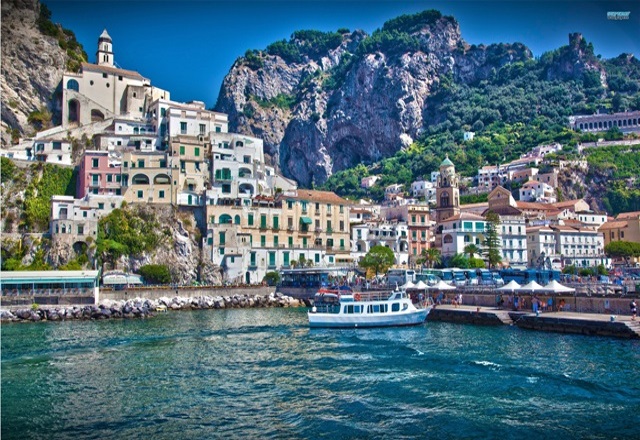
The birthplace of the tower is the Italian town of Pisa. Hundreds of thousands of travelers from all over the world come here annually (this is much more than the population of Pisa). This city was one of the four sea republics in Italy. In the Middle Ages Pisa competed with the powerful Genoa in the struggle for trade routes in the Mediterranean Sea.

The Pisa Cathedral was built first. Almost ten years after a chapel was begun to be build. When the construction of the tower began, the city of Pisa was already a prosperous shopping center. Tich merchants from all over the world gathered there.
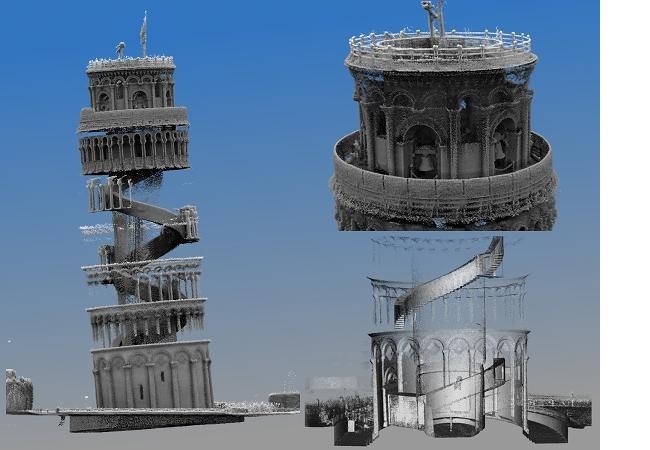
The construction of the Leaning Tower of Pisa began in 1174. But we must take into account the fact that the old Italian calendar for the year ahead of the modern, so the date of the beginning of construction is still considered 1173. The decision to build was timed to the anniversary of victory in the naval battle of Palermo in 1063.

The architects of the structure were Wilhelm von Innsbruck and Bonnano Pisano. But the architects did not see their creation in its final form, because the tower was completed only in the middle of the fourteenth century.
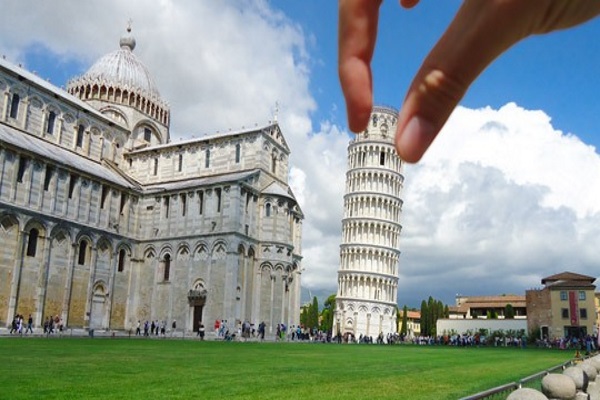
There is speculation that the curvature of the tower was part of the idea, but this information is not very plausible. According to another version in the inclinations was to blame Bonanno Pisano. Allegedly he was not a professional, but only a contractor..
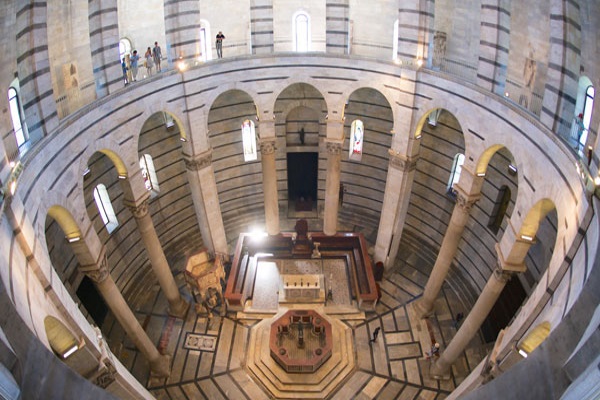
The flaw in work – the curvature – became noticeable at the very beginning. Then the deviation from the axis was only four centimeters. Because of the discovered defect, the construction dragged on for almost three hundred years. Many times there were talks about the demolition of the tower before the completion of construction. But the bell tower attracted the attention of visitors, so in 1350 it was decided to finish it. Finished an interesting project was risked by the architect Tomaso di Andrea.

The Leaning Tower of Pisa is associated with the name of Galileo Galileo. The scientist used it for his experiments. From the top floor of the tower, he threw various objects to prove that the rate of fall does not depend on the weight of the body that falls. So the scientific value of the Leaning Tower of Pisa is very high.
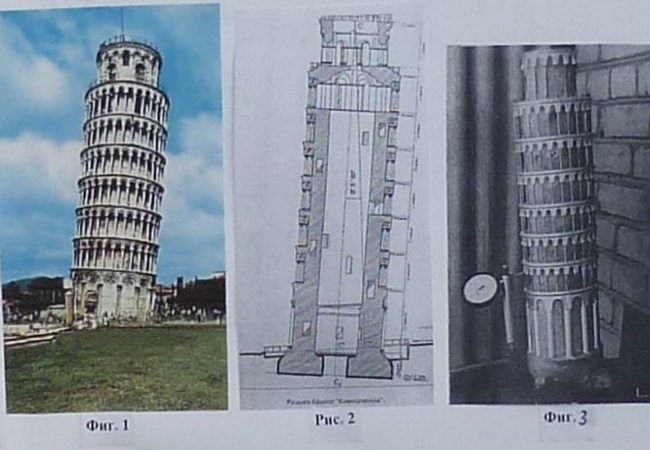
There are many versions of why the tower has deviated. Some say that this is because the workers saved on the foundation. Others believe that pumps used for pumping water were used in the construction, which was not allowed, as this leads to the flow of the other part of the water to the side. The study of this topic is still ongoing.
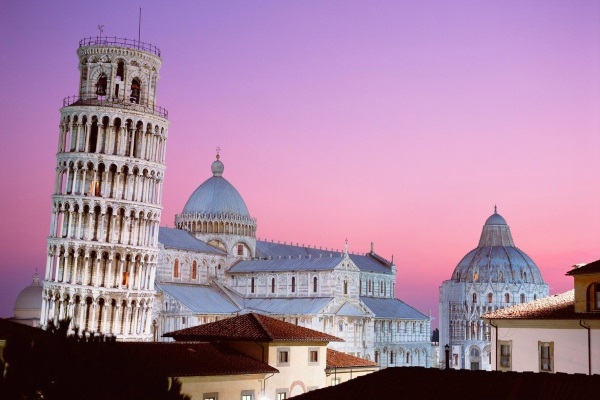
The Leaning Tower of Pisa reaches a height 55 meters. It has a cylindrical shape and consists of seven tiers. The flaw in architecture is now perceived as a real miracle.
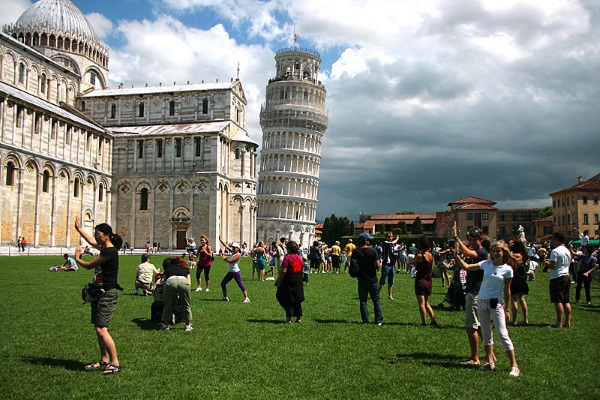
Every year a huge number of tourists come to the Leaning Tower of Pisa. It’s one thing to look at it in a photo, and quite another to see with your own eyes.
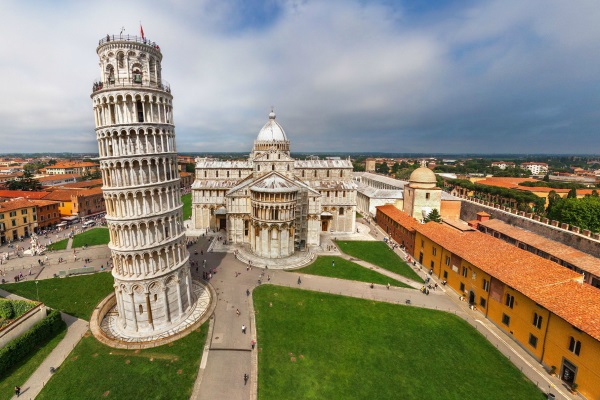
The Government of Italy each year allocates a significant amount of money to suspend the further roll (tilt) of the Tower of Pisa. Liquid concrete, glass and cement are poured into its base, experts constantly take into account the level of loading with the help of electrical appliances. Since 1990, tourists are not allowed inside.